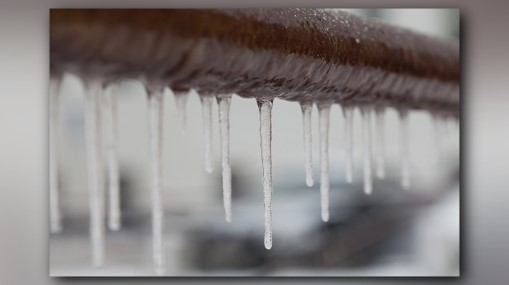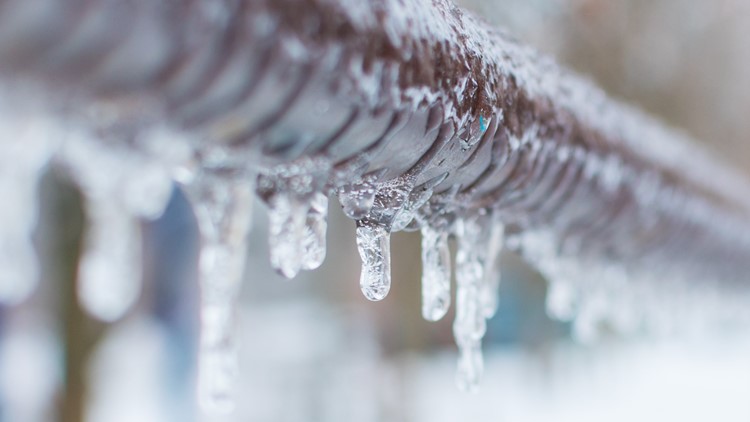How do you actually feel in regards to Helpful Tips to Prevent Frozen Pipes this Winter?

Cold weather can wreak havoc on your plumbing, especially by freezing pipelines. Below's how to prevent it from occurring and what to do if it does.
Introduction
As temperatures decrease, the danger of icy pipes boosts, potentially causing expensive repair services and water damages. Comprehending exactly how to prevent frozen pipelines is critical for home owners in cool environments.
Prevention Tips
Insulating at risk pipes
Wrap pipelines in insulation sleeves or utilize heat tape to shield them from freezing temperature levels. Focus on pipes in unheated or outside areas of the home.
Heating techniques
Keep interior spaces properly heated, especially locations with pipes. Open up cupboard doors to enable warm air to flow around pipelines under sinks.
Exactly how to determine frozen pipelines
Try to find reduced water flow from taps, unusual odors or noises from pipes, and noticeable frost on exposed pipelines.
Long-Term Solutions
Structural modifications
Consider rerouting pipelines away from outside walls or unheated locations. Include extra insulation to attics, basements, and crawl spaces.
Upgrading insulation
Invest in high-grade insulation for pipes, attics, and wall surfaces. Proper insulation assists maintain regular temperature levels and decreases the threat of icy pipelines.
Protecting Outdoor Plumbing
Garden tubes and exterior faucets
Disconnect and drain pipes garden hose pipes prior to winter months. Set up frost-proof spigots or cover outside faucets with shielded caps.
Comprehending Frozen Pipelines
What triggers pipelines to freeze?
Pipes ice up when revealed to temperatures below 32 ° F (0 ° C) for prolonged durations. As water inside the pipelines ices up, it broadens, putting pressure on the pipe walls and potentially triggering them to burst.
Dangers and problems
Icy pipes can cause supply of water interruptions, residential property damage, and costly repair services. Ruptured pipelines can flooding homes and create considerable architectural damages.
Indications of Frozen Piping
Recognizing icy pipelines early can avoid them from rupturing.
What to Do If Your Pipelines Freeze
Immediate activities to take
If you suspect icy pipelines, keep faucets open up to relieve pressure as the ice thaws. Make use of a hairdryer or towels taken in warm water to thaw pipes slowly.
Final thought
Stopping frozen pipes requires proactive actions and fast reactions. By comprehending the causes, indicators, and safety nets, property owners can protect their pipes during cold weather.
5 Ways to Prevent Frozen Pipes
Drain Outdoor Faucets and Disconnect Hoses
First, close the shut-off valve that controls the flow of water in the pipe to your outdoor faucet. Then, head outside to disconnect and drain your hose and open the outdoor faucet to allow the water to completely drain out of the line. Turn off the faucet when done. Finally, head back to the shut-off valve and drain the remaining water inside the pipe into a bucket or container. Additionally, if you have a home irrigation system, you should consider hiring an expert to clear the system of water each year.
Insulate Pipes
One of the best and most cost-effective methods for preventing frozen water pipes is to wrap your pipes with insulation. This is especially important for areas in your home that aren’t exposed to heat, such as an attic. We suggest using foam sleeves, which can typically be found at your local hardware store.
Keep Heat Running at 65
Your pipes are located inside your walls, and the temperature there is much colder than the rest of the house. To prevent your pipes from freezing, The Insurance Information Institute suggests that you keep your home heated to at least 65 degrees, even when traveling. You may want to invest in smart devices that can keep an eye on the temperature in your home while you’re away.
Leave Water Dripping
Moving water — even a small trickle — can prevent ice from forming inside your pipes. When freezing temps are imminent, start a drip of water from all faucets that serve exposed pipes. Leaving a few faucets running will also help relieve pressure inside the pipes and help prevent a rupture if the water inside freezes.
Open Cupboard Doors
Warm your kitchen and bathroom pipes by opening cupboards and vanities. You should also leave your interior doors ajar to help warm air circulate evenly throughout your home.

I ran across that blog post on How To Avoid Freezing Pipes while doing research the search engines. In case you enjoyed reading our blog entry plz do not forget to pass it around. Many thanks for taking the time to read it.
View
Comments on “Tips to Defend Plumbing System from Freezing: Critical Advice”